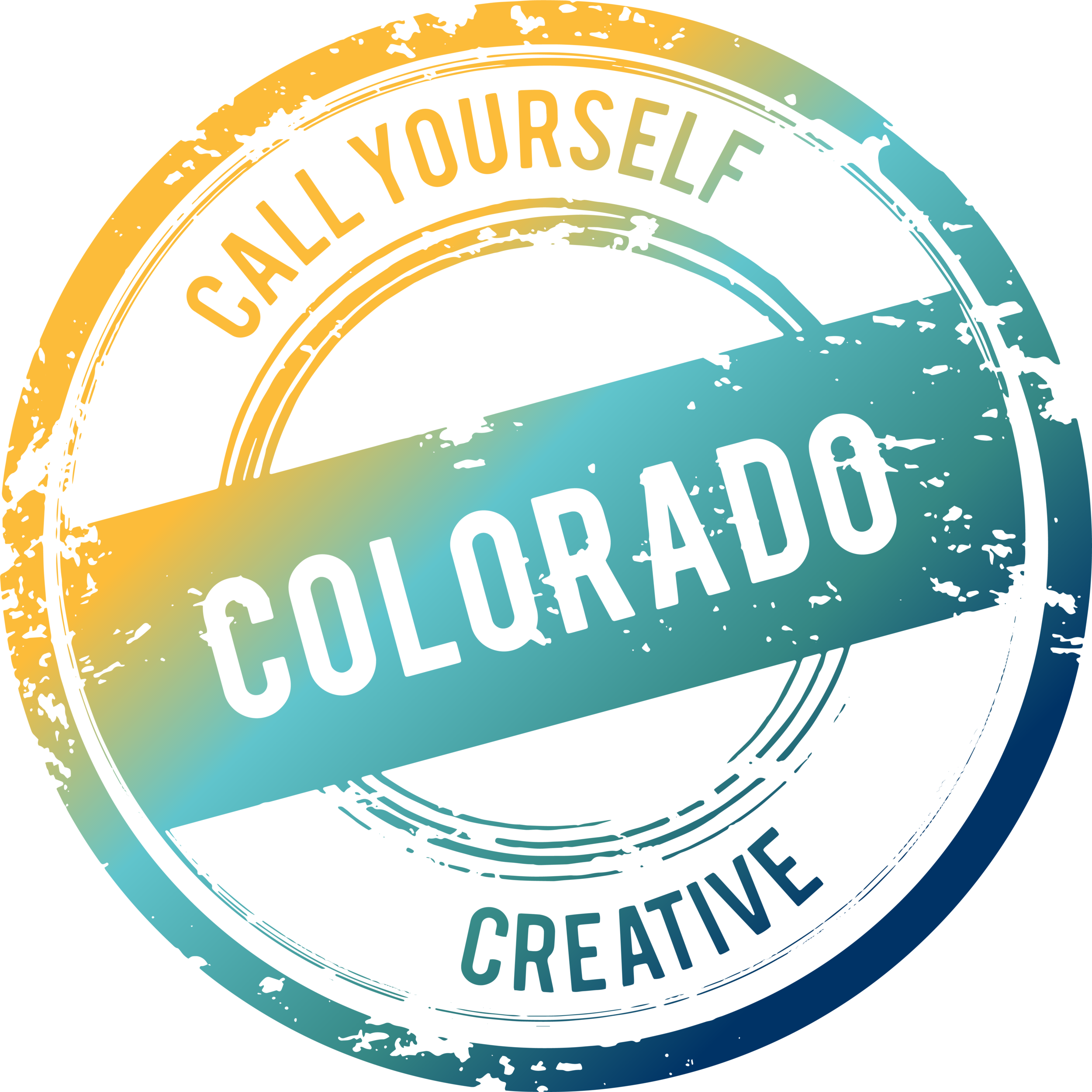STAGE TWO: CONNECT is about building a collaborative culture, articulating your community’s authentic story, and developing a shared vision that moves your organization forward.
A key goal in Stage Two is to identify and articulate your community’s authentic personality—its authenticity. What makes you different, special? Every community has a story to tell! What’s your authentic story! Your “story” provides context and commonality to your group and to those seeking to learn more about you. Your story is simply who you are (collectively) and is part and parcel of what you bring with you into the future. The ultimate goal for this stage is to reconcile and embrace your authentic “self,” develop desired outcomes for the future, and ultimately, distill that down to a compelling shared vision for your community.
Stage Two Checklist/Reminders:
Schedule and convene stakeholders and facilitate an open and inclusive discussion about your broad goals and objectives for organizing as a creative community or district and a rough timeline for moving the process forward
Complete activities to identify and list your town/city’s arts and cultural assets and its unique characteristics—qualities and features that reflect your collective history, heritage, and uniqueness (your community’s authenticity)
Discuss and document your group’s core values—the core beliefs that collectively binds your creative community together.
Follow a collaborative process to develop and share an “aspirational” vision for your group.
STAGE TWO: CONNECT involves a series of stakeholder gatherings and a set of collaborative activities.
The number of meetings required to complete the activities varies. Is it possible to complete the activities in one meeting? Yes—but that is very unlikely. It depends on the size of community, the number of stakeholders, the level of engagement, and your Working Group’s abilities.
Most likely, however, the process will look something like this:
A larger stakeholder meeting to share the status of your group’s progress since Stage One and gather input on the topics outlined in Steps A, B, C, and D.
Followed by a series of Working Group meetings to discuss, develop, and refine the input received
Another larger stakeholder meeting to reflect back to the community what they told you and how you have packaged it (and receive reaction for possible more refinement)
Before going into detail about the specific activities in Steps A, B, & C . . . first a deeper dive into process.
In a DIY process, its difficult (or impossible) to predict the needs for every community’s quest. So much is dependent on circumstances and skill sets.
An inclusive, collaborative approach is critical. But that doesn’t mean that everything is 100% committee driven. A critical intangible in this process is leadership. While some similarities exist, what’s needed isn’t the typical “corporate-style” leadership, but rather service-oriented leadership. It’s not just a willingness to serve and work collaboratively toward desired outcomes, but also to always put the organization, its sustainability, and its momentum toward its shared vision at the forefront.
Stakeholders must come to know that decisions will be filtered through this lens. Over time, it will become clear that not everyone will get what they want (including leaders), but that everyone has a voice and should be heard.
Being “heard” doesn’t mean a loud or persistent voice can completely take over or disrupt your meeting(s).
People's passion manifests in many ways. Sometimes that's a loud or persistent voice at a meeting--a person who really, really wants a certain topic to be addressed or desires a specific outcome. Acknowledge the topic without judgment. Put it in your notes or on the whiteboard or flip chart. If the topic is not part of the agenda, use a “Parking Lot” list for items to take up in a different forum later, or end discussion on tangential or unrelated topics by pushing them to one-on-one huddles after the meeting or at another time. This will happen—be prepared to manage it.
For the larger meeting(s), invite all stakeholders to attend. Share an agenda so they know what you intend to cover. You may even find that it’s best to hold a number of these meetings—in the morning and the evening—to allow more of your stakeholders to participate.
Here’s a sample Large Group Stakeholder Meeting agenda—adapt as needed for your circumstances—provide copies or display on a screen, so attendees have a road map for the gathering:
Sample Agenda:
I. Introductions (Allow attendees to introduce themselves and their connection to arts and culture and the community.)
II. Update (Reinforce overall goals/messages. Provide details on progress since Stage 1. Recognize those who have contributed to the progress.)
III. Input Activities/Discussion Items:
Community Creative Assets
Unique Characteristics
Common Values
Vision for the Future
IV. Next Steps (How can attendees help? What can attendees expect to happen next? When is the next meeting (gathering) that they can attend?)
Depending on dynamics of the gathering, Item III. Activities/Discussion Items can be conducted as a facilitated brainstorm, a round-table discussion, or specific stations for group activities. (See Stage Two Resources for samples and outlines for activities.)
NOTE: Be sure to set a duration for the meeting and stick to it. As simple as that sounds, it’s important in building predictability—and credibility—with your stakeholders.



